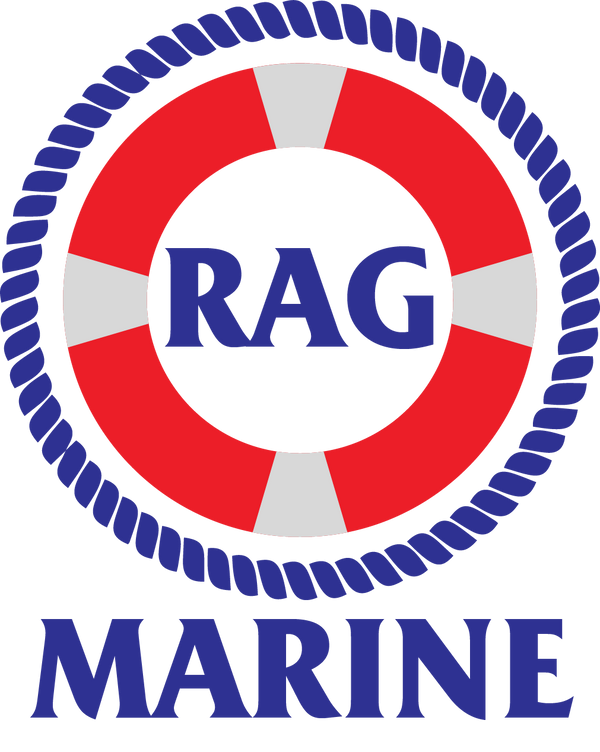Docking a Boat in the Marina: A Step-By-Step Guide
Share
Docking a boat at the marina doesn't have to be a stressful experience. With the right preparation and knowledge, you can successfully navigated your vessel into its dock in no time. In this guide, we'll cover the essential steps for properly anchoring your boat and docking in a safe and efficient manner.
Check Your Fenders for Damage Protection
Locate the Slip
Upon arrival at the marina, your first step is to find and approach the slip you'll be docking in. When you're close enough, use binoculars to begin orienting yourself with the dock layout and make a mental note of what navigational approaches or turns you need to execute once you reach the site. Be sure to stay alert for any traffic or other vessels that may cross your path during this process.
Here is a step-by-step guide for docking a boat in a marina:
-
Approach the marina slowly, maintaining a safe speed. Be aware of your surroundings, including any other boats or objects in the water.
-
Communicate your intentions to other boats in the area by using hand signals, horn signals, or radio calls.
-
Position your boat parallel to the dock, approximately 6-10 feet away. Make sure you have enough room to maneuver and that your boat is aligned properly with the dock.
Approach the Dock Slowly and Carefully
When you're close to the dock, slow down your approach and reduce power to a minimum. Depending on current conditions, using the stabilizing system can help reduce a boat’s heel or roll as you approach. Once you've lined up accordingly with the dock, adjust your speed and angle of approach as needed to avoid coming in too fast or too sharply.
-
Cut your engines and let your boat drift towards the dock. As it gets closer, have a crew member or a line handler on the dock ready to grab the boat and secure it to the dock.
Tie Off Docking Lines Properly
After you've decreased speed and are close to the dock, start thinking about how you’ll tie off your docking lines. Assign an able seaman to pass stern and bow lines to someone on the dock; they should be ready with a sailor’s knot or cleat hitch in hand before you arrive . Secure both lines to either side of the dock before putting your engine into neutral. Once you're closely alongside, adjust the stern line so it pulls against the dock in the same direction as your boat floats away from it. This line creates pull that keeps your boat close to the marina’s finger.
-
Once the boat is close enough, have the line handler or crew member grab the bow line (front of the boat) and secure it to a cleat on the dock.
-
Repeat the process with the stern line (back of the boat). Make sure both lines are snug, but not too tight, to allow for some movement of the boat.
-
If the marina has pilings (vertical posts) rather than a floating dock, you may need to use spring lines (additional lines that run from the boat to pilings) to help keep the boat in place and prevent it from swinging too much.
-
Once the boat is secured to the dock, turn off all engines and electrical systems, and double check all lines to make sure they are secure.
Docking a boat in a marina can be intimidating at first, but with practice and some these tips, it can become a smooth and easy process. As always, be sure to follow all safety guidelines and procedures when operating a boat.
Practice Safety First
Be sure to read all available marina safety instructions and postings before planning anchoring operations. The safety of your vessel and its occupants is the most important consideration when docking. Before entering the marina, take a few minutes to check that the waters are free of possible obstructions such as lobster pots, seaweed lines, sandbars, and other hazards. Pay attention to weather conditions as well—strong winds can create hazardous waves that make docking difficult.
View our boating safety article
